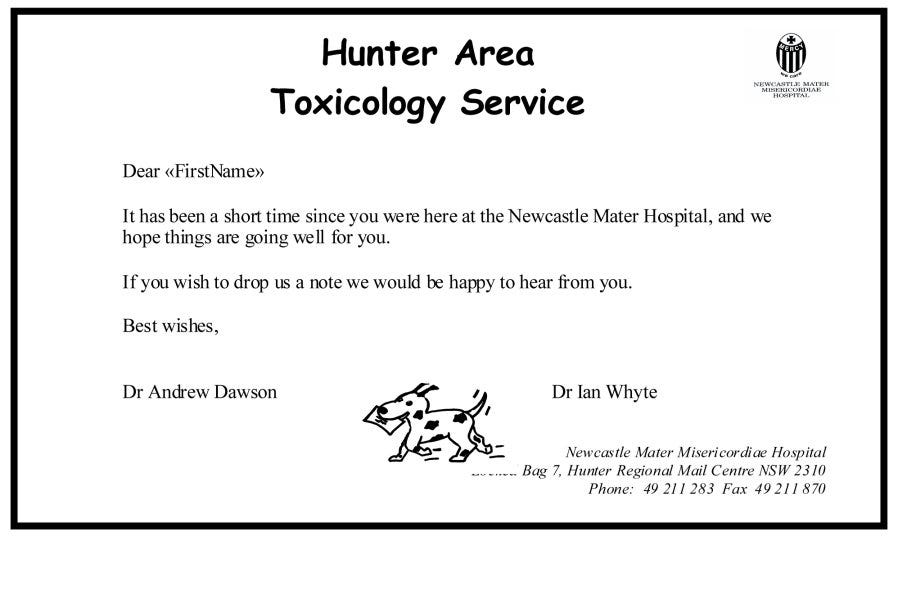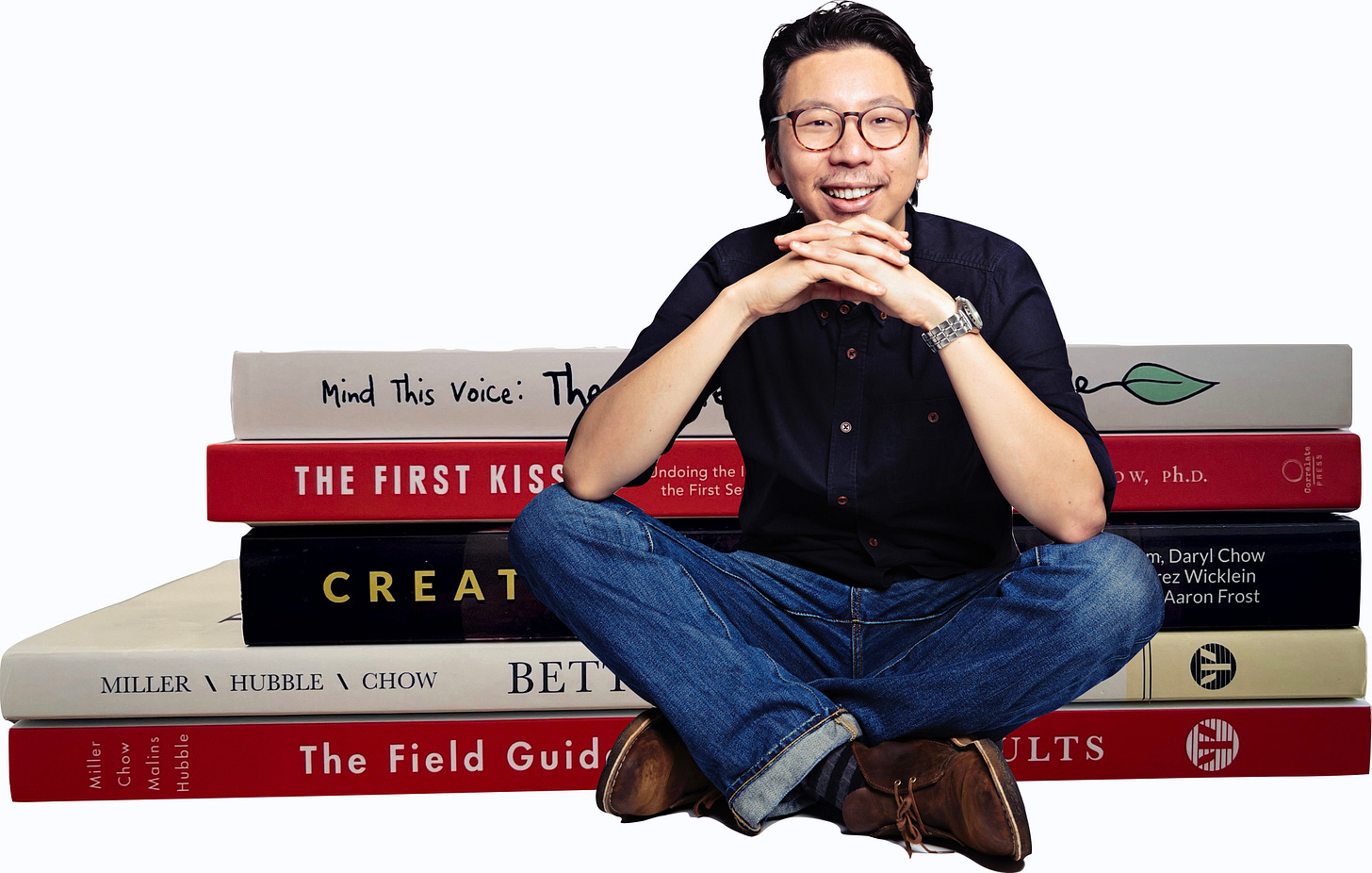Working with Youths. Frontiers Friday #198. (Part II) ⭕️
Three reasons youth quit therapy: 1. Therapist minimal response, 2. Persisting with a therapeutic activity, and 3. Focus on risk.
Last week, I shared a clinical example of working with a young person. This week, let’s look at specific reasons why youths stop psychological therapy.
Here are the three reasons:
Therapist minimal response.
Persisting with a therapeutic activity.
Focus on risk.
What We Can Learn from the Dissatisfied Youths
Sally O’Keeffe and her colleagues from UK looked at adolescents who completed and dropped out of therapy.1 Among the 35 of them, 14 completed treatment and 21 dropped out.
Those who dropped out were further categorised into two groups: “got-what-they-needed” (n=7) and dissatisfied' (n=14).
The graph above shows that the therapeutic alliance were similar for both completers and got-what-they-needed dropouts (first and third boxplots). However, the dissatisfied dropouts had poorer therapeutic alliance, more ruptures, ruptures that were frequently unresolved, and greater therapist contribution to ruptures.
O’Keefe and colleagues took a step further and conducted a qualitative analysis of sessions audio recordings.
They found three core themes:
1. Therapist minimal response.
In 11 of the 24 sessions, Therapist minimal response was the most common way in which therapists were observed as contributing to ruptures. This was observed in 11 of the 24 sessions.
Here’s an extraction from a second session with “Riley,” 15mins in to the session:
Riley: I’m just tired all the time, I do not know why. I’m always tired
[1-min silence]. Was I meant to say something?
Therapist: What?
Riley: Was I meant to say something?
Therapist: What do you mean?
Riley: I do not, you weren’t saying anything, so I thought I was meant to say something.
Therapist: Mm [5-s silence]. What would that be?
Riley: I do not know, I really do not know. I do not really know what to talk about…
The researchers noted,
Throughout the session, the therapist was nondirective in responding to Riley, who was openly expressing her difficulty with knowing what to talk about.
Riley also said to the therapist: “it’ll make it a lot easier if you just ask questions,” demonstrating openness with what she wanted from the therapist. Throughout the session, the therapist’s nondirective approach was met with minimal response rupture markers from Riley, who became increasingly withdrawn throughout the session.
2. Persisting with a therapeutic activity.
In eight of the dissatisfied dropouts, the therapist seemed to have contributed to ruptures by persisting with a therapeutic activity, which the adolescent had rejected, was not engaging in, or seemed to have led them to withdraw.
Here’s an extract from a final session with “Selena,” as she began the session talking very openly about her difficulties at home and at school. The therapist repeatedly intervened by trying to focus on goals.
Therapist: But wouldn’t it be an overall goal to want to be able to go out?
Selena: Yeah but I know it’s just not going to happen any time soon.
Therapist: So you do not think that’s achievable?
Selena: Well I do but its just at the moment like, at the moment I do not
think lot is achievable for me.
Therapist: Well what would be the things that you would like to achieve?
Selena: I’m not even sure.
The researchers noted:
The therapist attempts to focus the session around setting goals for the session, which Selena seems to reject. This is observed consistently throughout the session, where the therapist attempts to suggest goals for the adolescent, and the adolescent rejects them.
At these points, Selena shifted from talking openly about her difficulties to withdrawing from the therapist and/or the therapeutic task.
3. Focus on risk.
In three of the dissatisfied dropouts, the therapist was seen to cause ruptures due to focusing on risk issues. This was due to a potential need to break confidentiality or to involve other agencies, conflicting with the wishes of the adolescent.
Here’s an extract from the 15th session with “Chantelle. She disclosed a risk issue to her therapist, who raised the possibility of needing to involve external agencies to ensure her safety.
Chantelle: But are you going to get social services involved?
Therapist: I wouldn’t do that before talking to you about it.
Chantelle: I do not want them involved.
Therapist: Ok. Well at the moment I’m not sure that we need to get them involved.
Chantelle: No even if it gets worse I do not want them involved. I’ve got my family there. I do not want social serv—I do not, I do not really like strangers to be honest and that’s when I get annoyed, when a stranger comes up to me.
Learning from Others Mistakes
As the legendary Charles Munger said,
All I want to know is where I'm going to die, so I'll never go there.
It is remarkable how much long-term advantage people like us have gotten by trying to be consistently not stupid, instead of trying to be very intelligent.
Munger’s quote reminds us to learn as best as possible from the mistakes of others.
Here are three things we can graft from O’Keefe et al’s study.
1. For therapist to be proactive and not passively "client directed.”
If you ask your new clients about their experience from a previous therapist and why they wanted a change, chances are that they might have say that the therapist was too passive or not providing specific direction.
A true collaboration is when both parties bring what they’ve got to the table. As much as we ask clients for their feedback, they too want to get our feedback, our thoughts and comments about the topic at hand.
The only way a real relationship forms is when it is informed by both parties. We can’t be passive.
In another related study, O’Keefe highlighted the variation in perspective between client and therapist:2
Here’s 13-year-old Fiona:
I went to this therapist and they just sat there and hummed for an hour at everything that I said. I hated it. [My therapist] made me really angry because it just felt like I was talking to a brick wall and I wasn’t. I didn’t even want to talk because [my therapist] didn’t engage with me at all. It just felt like it was completely pointless.
And here’s what her therapist said,
I think the session sort of stirred stuff up and the fear was that she’d feel worse again.
The therapist speculated that things had already started to improve for her at an early stage in the therapy and the therapist suggests this may have impacted on her willingness to engage. The therapist reported that Fiona believed she was better when she decided to stop therapy.
Yes, we have different perspectives.
But the issue at hand is highlighted by what Fiona said. The therapist would ask her questions, but when she answered, the therapist wouldn’t respond, and they could spend 5 minutes in silence, which Fiona described as “awkward.”
Be the tour guide that offers some directions, not one who keeps saying to the client, “It’s up to you.”
2. Don't harp on a specific therapeutic activity if the client isn't engaged.
One of the activities that seem to work against us is our SMART goals fixation.
Sometimes, the goal is to figure out the goal.
We also need to consider the impact of our metaphors. Instead of talking about goals, we can use the language of direction (i.e., where are we going?), adventure (i.e., what would you like to discover), confronting obstacles (i.e., what’s an inner battle you are wrestling with?), or meaning (i.e., what do you care about? what makes you come alive?)
Measurement of alliance, and using it to inform the direction you take, is an important piece of the puzzle. The evidence is clear that if you pick up on a dip in the alliance, and you are prepared to be adaptive and flexible and address it, this is a good predictor of good outcomes eventually. That means that we have to not evade difficult conversations about the relationship.
3. Counterbalance the focus on risk with focus on Life.
This last one is the trickiest.
There is a lot to say about managing suicidal risk, which we might expand on in later series of Frontiers Friday.
For now, we have to strike a balance with assessing risk and resource.
As much as we need to figure out specific risk factors, we must appreciate that our questions have an impact too. Tilting too much to a risk assessment focus may come more from managing our own fears than from a place of care.
To counterbalance this, enquire about what are some existing life-giving forces in their life. Who are the people that matters to them, interests that they have, art forms that they are passionate about, etc.
Douglas Flemons, co-author of Relational Suicide Assessment says that a person who is suicidal is desperately seeking relationships.3
The power of feeling belonged is best illustrated by this example.
A study by an Australian group that examined 772 patients who had been admitted to the hospital after a suicide attempt.4 In the months after their discharge, half received a series of postcards that read as follows:
A postcard sent to patients at intervals after discharge for an episode of deliberate self poisoning nearly halved the number of repeat episodes in 12 months.
Over the next two years, members of the group that received the postcards were readmitted at half the rate of the control group.5

The postcard study illustrates that even a remote connection from the treating team had such a significant impact. Don’t underestimate the potential relationship you have with your client.
In our clinical practice, we have to hold the “both/and” not an “either/or” to manage the risk and the relationship with the person at-risk, and getting the involvement of significant others who can be part of the safety plan.
“Learn from the mistakes of others. You can’t live long enough to make them all yourself.”
— Eleanor Roosevelt
There is still a lot to learn. Hopefully these three points give us pause and help us find ways to better engage with young people in our clinical practice.
Daryl Chow Ph.D. is the author of The First Kiss, co-author of Better Results, The Write to Recovery, Creating Impact, and the latest book The Field Guide to Better Results.
O’Keeffe, S., Martin, P., & Midgley, N. (2020, January 13). When Adolescents Stop Psychological Therapy: Rupture–Repair in the Therapeutic Alliance and Association With Therapy Ending. Psychotherapy. Advance online publication. http://dx.doi.org/10.1037/pst0000279
O’Keeffe S, Martin P, Target M and Midgley N (2019). ‘I Just Stopped Going’: A Mixed Methods Investigation Into Types of Therapy Dropout in Adolescents With Depression. Front. Psychol. 10:75. doi: 10.3389/fpsyg.2019.00075
In Psychotherapy networker Symposium, 2013.
As cited in Dan Coyle’s book, Culture Code:
Carter, G. L., Clover, K., Whyte, I. M., Dawson, A. H., & D'Este, C. (2005). Postcards from the EDge project: Randomized controlled trial of an intervention using postcards to reduce repetition of hospital-treated deliberate self-poisoning.British Journal of Psychiatry, 187(1), 72-77. doi:10.1192/bjp.187.1.72
Follow-up study:
Carter GL, Clover K, Whyte IM, Dawson AH, D’Este C. Postcards from the EDge: 24-month outcomes of a randomised controlled trial for hospital-treated self-poisoning. British Journal of Psychiatry. 2007;191(6):548-553. doi:10.1192/bjp.bp.107.038406
Note: It was not just one postcard. A postcard was sent to participants in a sealed envelope at 1, 2, 3, 4, 6, 8, 10, and 12 months after discharge.





I love reading your blog, Dr. Daryl Chow! Thank you for putting in the effort every week.